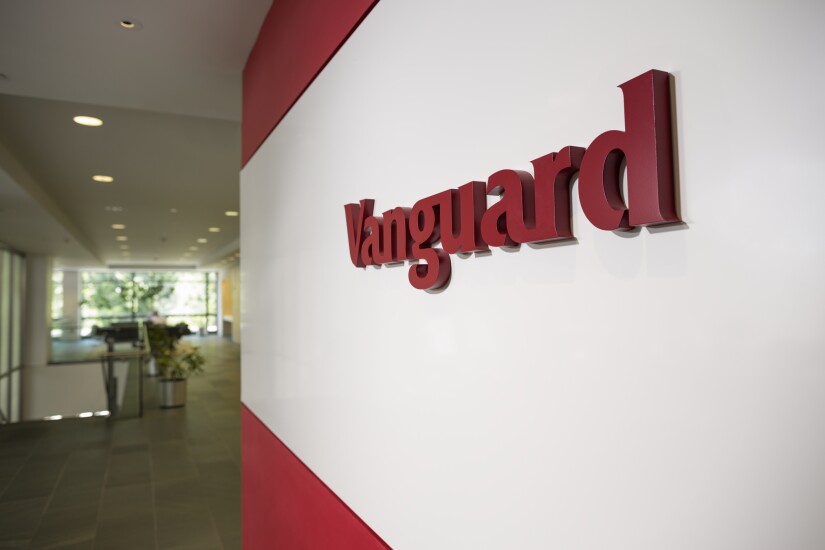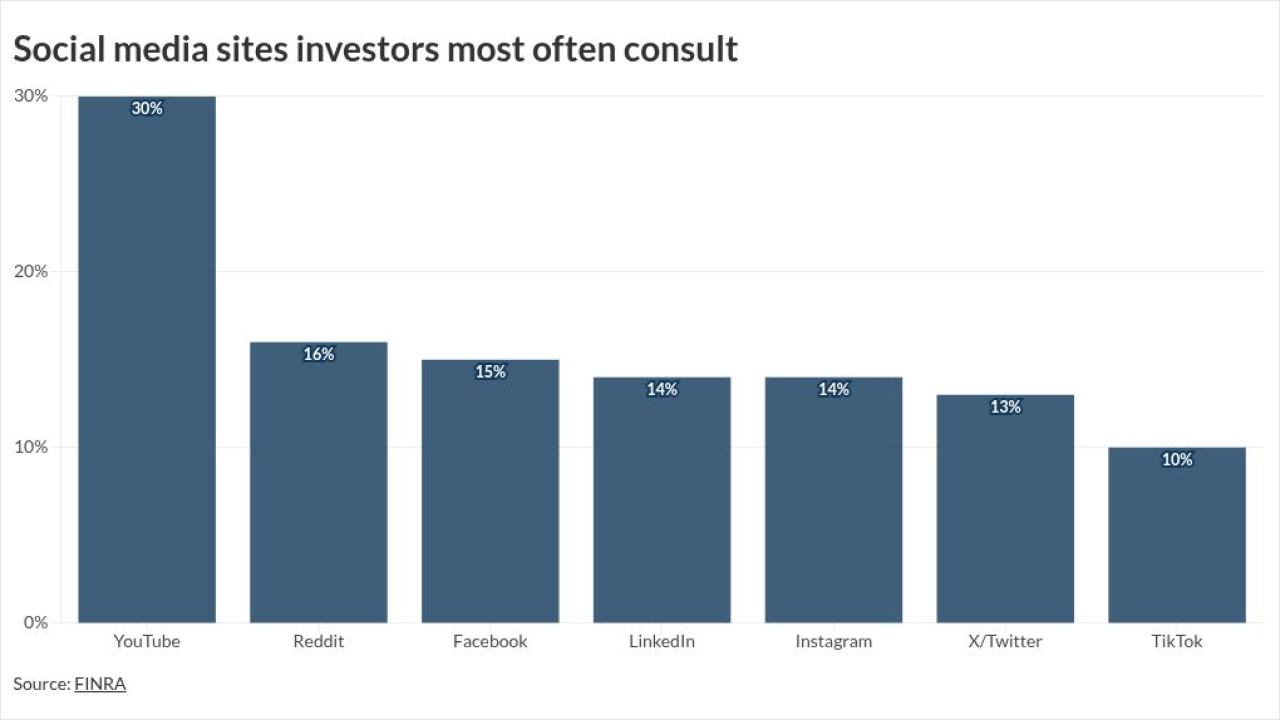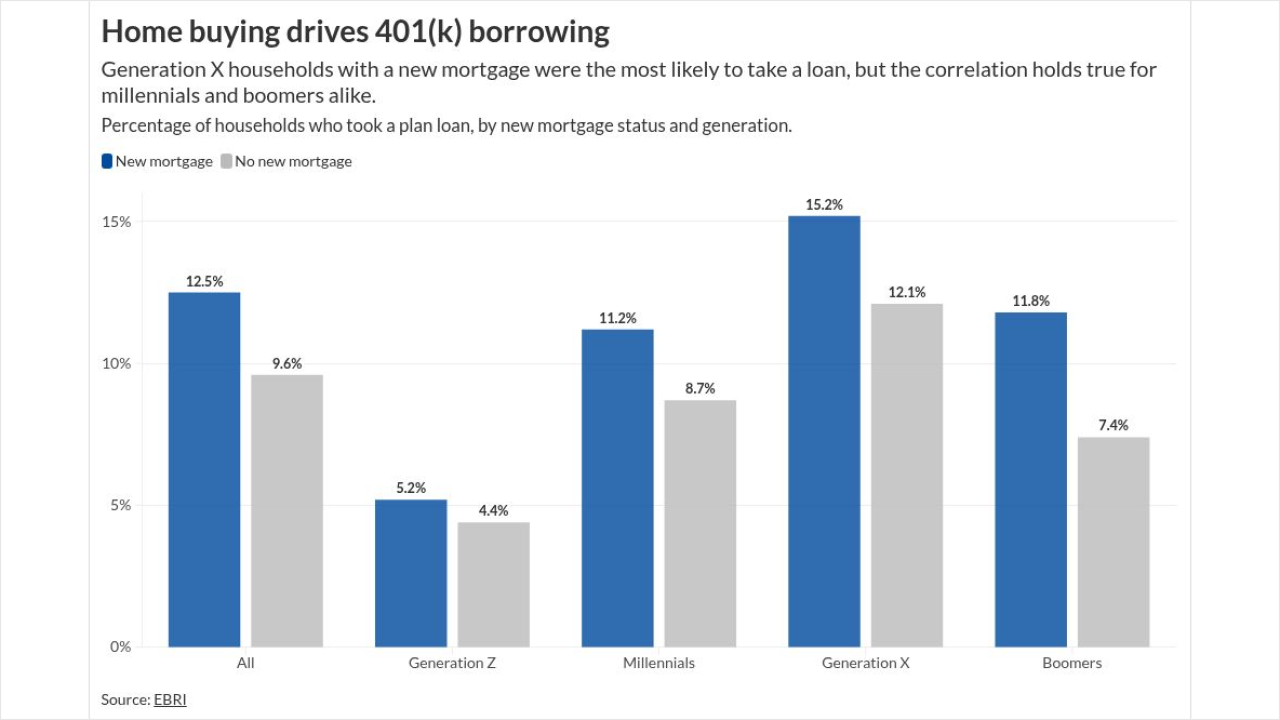As the most common default option in retirement plans since 2006, the funds are the older-age safety net for an estimated 40 million Americans,
according to Putnam Investments. Some 80% of 4.7 million savers across 1,700 plans for which Vanguard performs record-keeping services are in the funds, according to the fund giant’s “How America Saves”
report for 2021.
Two-thirds of those savers have all their retirement eggs invested in a single target-date fund. The funds held nearly $3.3 trillion of retirement savers’ money at the end of 2021,
according to Morningstar.
Target-date funds don’t buy stocks or bonds directly, but instead invest in pooled vehicles like mutual funds, exchange-traded funds and funds of funds, which hold stakes in mutual funds or exchange-traded funds usually chosen from a single asset management firm.
All that may not be helping investors. An average investor holding such a fund for 50 years can earn 21% less compared to regular mutual funds and exchange-traded funds with similar holdings, according to a recent academic
paper.
Researchers at INSEAD, Villanova University and Michigan State University, blamed higher fees and portfolio managers’ practice of using the funds to “buffer” outflows from mutual funds in the asset management firm’s same fund family, along with higher fees.
After the Pension Protection Act of 2006 approved target-date funds as a default option in pension plans, the long-horizon versions are more likely to hold worse-performing mutual funds from the same fund family, the paper said.
Target-date funds charge two layers of fees: direct and indirect, the latter representing fees charged by the actual funds in the underlying portfolio. The Investment Company Institute
said the average target-date fund fee was 0.72% in 2020, compared to 1.16% for equity mutual funds. But the recent paper said that fund families “lure in investors” with low, direct fees while charging higher, less observable indirect fees.
“The longer the horizon, the higher the hidden fees,” it said. Ten years out, those “hidden” fees can range from 0.03% to 0.04%, it said, adding that “our evidence suggests that asset managers exploit reduced investor attention to deliver lower performance”.
Another
paper in 2017 by three researchers at the University of Waterloo in Canada found that mutual funds and exchange-traded funds with an “adaptive” strategy that adjusts to market conditions — a fancy term for an actively managed fund — outperformed both target-date funds and those with a set approach, like a mix of 60% equities and 40% bonds. The paper, which simulated returns from 1985 through 2015, said target-date funds had a 43% chance of not hitting a final “real wealth” goal of up to $650,000. Meanwhile, the risk for actively managed funds was only 22%. “The vast majority of target-date funds are serving investors poorly,” the researchers concluded.
What if fees were more transparent and lower? In that case, investors could boost their retirement wealth by as much as 50%over 30 years, according to a
working paper published this month by two scholars at the Wharton School of Business at the University of Pennsylvania.










